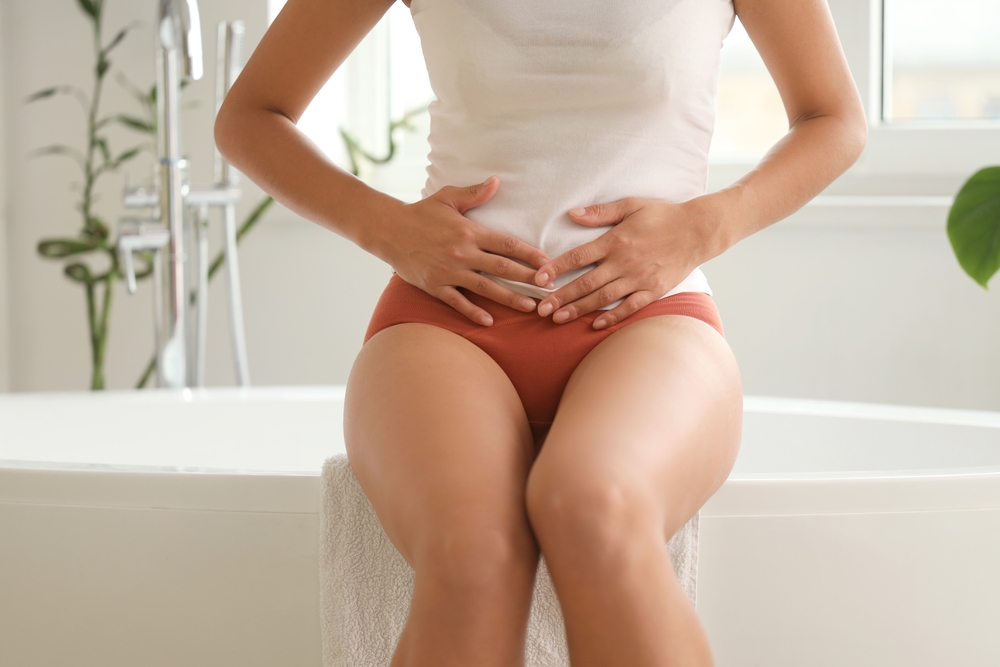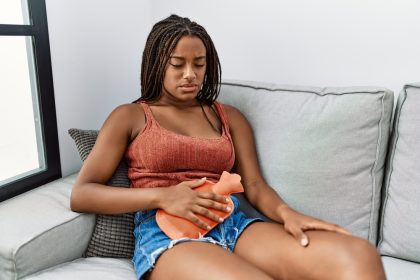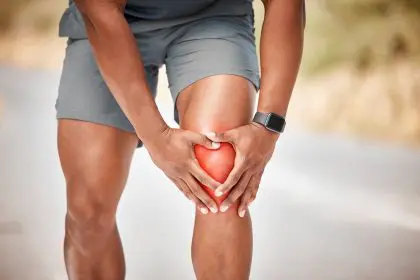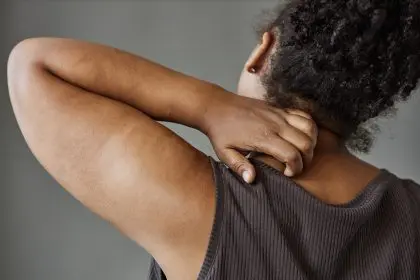Every month, millions of women worldwide navigate the challenges of menstrual pain, seeking effective ways to find relief while maintaining their daily routines. Recent research has unveiled several proven methods that can make a significant difference in managing period discomfort, with heat therapy emerging as one of the most effective approaches.
The science behind period pain
Understanding why menstrual pain occurs helps explain why certain relief methods work better than others. During menstruation, the uterus contracts rhythmically to shed its lining, triggering the release of compounds called prostaglandins. These natural chemicals cause the uterine muscles to contract more intensely, leading to the familiar cramping sensation many women experience.
Why heat therapy works
Research from the University of California’s Department of Reproductive Health shows that applying heat to the lower abdomen can be as effective as over-the-counter pain medications for many women. Heat therapy works through multiple mechanisms:
Blood flow enhancement: Heat increases circulation to the affected area, helping to relax tense muscles Pain signal disruption: Warmth can interfere with pain signals being sent to the brain Muscle relaxation: Heat helps reduce muscle tension and spasms Endorphin release: Warmth can trigger the release of natural pain-relieving compounds
5 most effective heat therapy methods for period pain
- Advanced hot water bottle technique
The classic hot water bottle remains one of the most reliable methods for period pain relief, but proper technique matters. Fill the bottle with water at 104-120 degrees Fahrenheit (warm enough to provide relief but not hot enough to risk burns). Place a thin towel between the bottle and your skin to prevent discomfort.
Application time: 15-20 minutes Frequency: Every 2-3 hours as needed Best position: While lying down with the bottle on your lower abdomen Pro tip: Use a bottle with a soft, washable cover for optimal comfort
- Electric heating pads with temperature control
Modern electric heating pads offer precise temperature control and consistent heat distribution. Look for ones with automatic shut-off features for safety and multiple heat settings for personalized comfort.
Temperature range: 80-120 degrees Fahrenheit Duration: Up to 30 minutes at a time Features to look for: Auto-shutoff, multiple heat settings, machine-washable cover Safety tip: Never sleep with an electric heating pad
- Therapeutic warm baths
A warm bath does more than just provide heat therapy – it offers full-body relaxation and can help with multiple menstrual symptoms simultaneously.
Optimal temperature: 92-100 degrees Fahrenheit Recommended additions: 2 cups of Epsom salts for muscle relaxation 5-10 drops of lavender essential oil for stress relief 1 cup of baking soda to reduce bloating Duration: 15-20 minutes Best time: Evening hours before bed
- Professional-grade heat patches
These adhesive patches provide targeted, consistent heat for extended periods, making them ideal for use during work or other activities.
Duration of effectiveness: 8-12 hours Application areas: Lower abdomen and lower back Features: Thin profile, discrete under clothing Usage tip: Apply to clean, dry skin for best adhesion
- Infrared heating devices
The newest addition to heat therapy options, infrared devices penetrate deeper into tissues than traditional heating methods.
Penetration depth: Up to 2.36 inches into tissue Treatment time: 10-15 minutes Frequency: 2-3 times daily Benefits: More targeted relief, longer-lasting effects
Complementary strategies for maximum relief
Heat therapy works best when combined with other pain-management strategies:
Movement and exercise: Light walking: 15-20 minutes daily Gentle yoga poses: Child’s pose, cat-cow stretch, supine twist Swimming: In heated pools for full-body relief
Dietary adjustments: Increase water intake to 8-10 glasses daily Add anti-inflammatory foods: Ginger tea Dark leafy greens Fatty fish Berries Reduce salt intake to minimize bloating
Stress management: Deep breathing exercises: 5-10 minutes, three times daily Meditation: Guided sessions using apps or videos Progressive muscle relaxation: Focus on tensing and releasing muscle groups
Creating a comprehensive period comfort plan
Morning routine: Start with a warm shower or bath Apply a heating pad while getting ready Take any prescribed medications with breakfast Stay hydrated from wake-up
Daytime management: Use adhesive heat patches during work or school Take regular walking breaks Maintain proper posture to reduce discomfort Keep a heating pad at your desk if possible
Evening ritual: End the day with a warm bath Use an electric heating pad while relaxing Practice gentle stretching Ensure adequate sleep (7-9 hours)
When to seek medical attention
While heat therapy and natural remedies work for many women, certain symptoms warrant medical attention:
Severe pain that interferes with daily activities Heavy bleeding that requires changing protection every hour Pain that persists beyond normal period days Sudden changes in menstrual patterns Fever or severe fatigue during menstruation
Long-term management strategies
Tracking symptoms: Use a period tracking app to monitor pain patterns Note which relief methods work best Document any triggers that worsen symptoms Keep a record for healthcare provider discussions
Lifestyle modifications: Regular exercise routine Stress reduction techniques Adequate sleep schedule Balanced nutrition plan
Expert recommendations for optimal results
Timing matters: Begin heat therapy at the first sign of discomfort Apply heat before pain becomes severe Maintain consistent treatment throughout the day Combine methods for enhanced relief
Safety considerations: Check heat temperature before application Never sleep with electric heating devices Take breaks between heat applications Stay hydrated during heat therapy
Future developments in period pain management
Research continues to advance our understanding of menstrual pain relief:
New heating technologies being developed Enhanced understanding of pain mechanisms Integration of traditional and modern approaches Personalized treatment protocols
Creating a supportive environment
Open dialogue about menstrual health Workplace accommodations for period comfort Educational resources for pain management Community support networks
Remember that every woman’s experience with menstrual pain is unique, and what works for one person may not work for another. The key is to experiment with different combinations of these methods to find the most effective relief strategy for your specific needs.
By implementing these evidence-based approaches and maintaining consistent self-care practices, you can significantly reduce the impact of menstrual pain on your daily life. Remember to consult with healthcare providers for personalized advice, especially if you experience severe or unusual symptoms.














